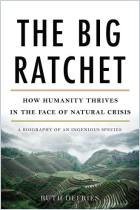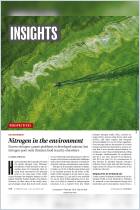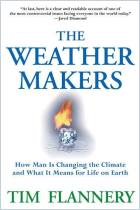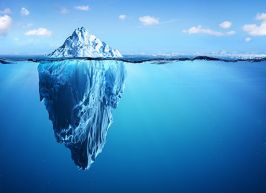What do single-celled bacteria, Earth’s first land plants, and humans have in common? They’re all “world-changers,” according to Stephen Porder, a professor of ecology and evolutionary biology at Brown University. Learn how these life forms dramatically altered the course of planetary history by shifting the delicate balance of the five key elements: hydrogen, oxygen, carbon, nitrogen, and phosphorous. As Porder explains, by looking at the past — and the impact of organisms on the planet over billions of years — humanity can better plan for the future, as people react to climate catastrophe and protect the well-being of future generations.
Five key elements combine to create life, but changes in their ratio dramatically alter planetary history.
While humans are certainly a “world-changing” species, they’re not the first to dramatically alter the course of planetary history. Before humans, there were single-celled cyanobacteria and prehistoric plants that first colonized dry land — both of which triggered ice ages on Earth billions of years ago. However, the biggest factors that enabled these organisms to create change at a massive scale were five elements: “hydrogen (H), oxygen (O), carbon (C), nitrogen (N), and phosphorus (P).” These elements are significant because they make up “Life’s Formula,” or “HOCNP,” as every organism on Earth engages “in a relentless search for these elemental ingredients, gathering them from the environment to build their bodies.” The species that manage to secure the right ratio of these elements needed to sustain life survive, while those that fail to do so perish.
If you were to analyze the chemical components of humans and cyanobacteria, you could write them out with two different chemical “formulae,” using the same five...
Stephen Porder is the Associate Provost for Sustainability at Brown University, where he’s also a professor of ecology, evolution, organismal biology, and environment and society.




















Comment on this summary or Diskussion beginnen